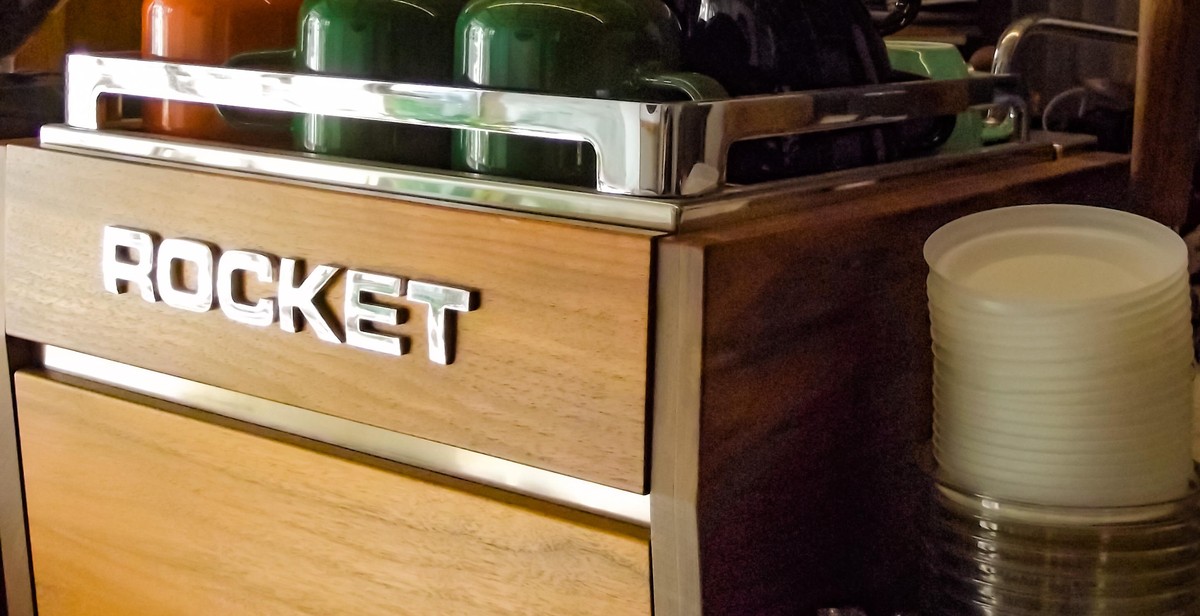The Environmental Impact of Single-Use Coffee Cups
Coffee is one of the most popular beverages in the world, and billions of cups of coffee are consumed every day. Unfortunately, this widespread consumption has led to a significant environmental problem: single-use coffee cups.
Single-use coffee cups are typically made from paper with a plastic lining, which makes them difficult to recycle. As a result, billions of these cups end up in landfills every year, where they can take decades to decompose. In addition, many of these cups end up in our oceans and waterways, where they can harm wildlife and contribute to the growing problem of plastic pollution.
The Scope of the Problem
The scale of the problem is staggering. In the United States alone, it is estimated that more than 50 billion single-use coffee cups are thrown away every year. That’s enough cups to circle the Earth more than 130 times!
And it’s not just the cups themselves that are the problem. The production and transportation of these cups also have a significant environmental impact, including the use of fossil fuels and the generation of greenhouse gas emissions.
Possible Solutions
There are several possible solutions to the problem of single-use coffee cups, including the use of reusable cups, compostable cups, and improved recycling programs. However, each of these solutions has its own challenges and limitations.
In this article, we will explore the environmental impact of single-use coffee cups in more detail and examine the potential solutions to this growing problem.

What are single-use coffee cups?
Single-use coffee cups are disposable cups that are used for serving coffee, tea, and other hot beverages. These cups are made of paper, plastic, or a combination of both. They are typically lined with a thin layer of plastic or wax to prevent the liquid from seeping through the cup. Single-use cups are designed to be used only once and then discarded.
The popularity of single-use coffee cups has grown over the years due to their convenience. They are widely available in coffee shops, convenience stores, and vending machines. Single-use cups have become a symbol of the fast-paced, on-the-go lifestyle that many people lead.
The environmental impact of single-use coffee cups
Single-use coffee cups have a significant environmental impact. Most single-use cups are not recyclable or compostable due to the plastic lining, which makes them difficult to dispose of properly. As a result, they often end up in landfills where they can take hundreds of years to decompose.
In addition to their disposal, the production of single-use cups also has a negative impact on the environment. The process of manufacturing single-use cups requires large amounts of energy, water, and other resources. The production of the plastic lining used in many cups also contributes to the pollution of the environment.
According to some estimates, over 500 billion single-use cups are produced and discarded each year globally. This number is expected to continue to grow as the demand for coffee and other hot beverages increases.
Alternatives to single-use coffee cups
There are several alternatives to single-use coffee cups that are more environmentally friendly. One option is to use a reusable coffee cup. Reusable cups are typically made of materials such as glass, ceramic, or stainless steel and can be used over and over again. Many coffee shops offer discounts to customers who bring their own cups, which can also save money in the long run.
Another option is to use compostable coffee cups. Compostable cups are made from materials such as plant-based plastics or paper that can be broken down in a composting facility. While compostable cups are not yet widely available, they are becoming more common as more companies seek to reduce their environmental impact.
Conclusion
Single-use coffee cups have a significant environmental impact due to their disposal and production. However, there are alternatives such as reusable and compostable cups that can help to reduce this impact. By making small changes in our daily habits, we can all work towards a more sustainable future.

Environmental impact of single-use coffee cups
Single-use coffee cups have a significant impact on the environment due to the materials used to produce them and the way they are disposed of after use. The following are some of the environmental impacts of single-use coffee cups:
Landfill waste
Single-use coffee cups are made from paper or plastic-lined paper, which makes them difficult to recycle. As a result, most of these cups end up in landfills where they take up valuable space and contribute to environmental pollution. According to a report by the UK government, around 2.5 billion coffee cups are thrown away every year in the UK alone, and less than 1% of these are recycled.
Furthermore, the plastic lining in these cups can take hundreds of years to decompose, which means they will continue to contribute to landfill waste for a long time.
Carbon footprint
The production of single-use coffee cups contributes to carbon emissions, which are harmful to the environment. The process of manufacturing these cups involves the use of energy, water, and other resources, which all contribute to carbon emissions. Additionally, the transportation of these cups from the manufacturing plant to the coffee shops and other outlets also contributes to carbon emissions.
According to a study by the Carbon Trust, the carbon footprint of a single-use coffee cup is around 0.24 kg CO2e (carbon dioxide equivalent). This means that the 2.5 billion coffee cups thrown away in the UK every year have a carbon footprint of around 600,000 tonnes of CO2e.
Water pollution
The plastic lining in single-use coffee cups can also contribute to water pollution. When these cups end up in water bodies such as rivers and oceans, they break down into tiny particles known as microplastics. These microplastics can be ingested by aquatic animals, leading to health problems and even death.
Furthermore, the production of these cups involves the use of water, which can lead to water pollution if the manufacturing plant does not have adequate wastewater treatment facilities. The chemicals used in the production process can also contaminate water sources if they are not disposed of properly.
Conclusion
Single-use coffee cups have a significant impact on the environment, contributing to landfill waste, carbon emissions, and water pollution. It is essential to find alternative solutions to reduce the use of these cups and promote sustainable practices.

Alternatives to single-use coffee cups
The environmental impact of single-use coffee cups is significant, but there are alternatives that can help reduce this impact. Here are some options:
Reusable coffee cups
One of the most effective ways to reduce the environmental impact of coffee cups is to use a reusable coffee cup. These cups are made from durable materials like glass, ceramic, or stainless steel, and can be used over and over again. They come in a variety of sizes and designs to suit different preferences, and many coffee shops offer discounts to customers who bring their own cups.
- Pros:
- Reduces waste
- Can save money in the long run
- Comes in a variety of designs and sizes
- Cons:
- May be heavy to carry around
- Requires cleaning after each use
- May not be practical for on-the-go coffee drinkers
Compostable coffee cups
Compostable coffee cups are another alternative to single-use cups. These cups are made from plant-based materials like cornstarch and sugarcane, and can be composted along with food waste. However, it is important to note that not all compostable cups are created equal, and some may require special composting facilities to break down properly.
- Pros:
- Reduces waste
- Can be composted along with food waste
- Some coffee shops offer composting facilities for these cups
- Cons:
- May require special composting facilities
- May not break down properly if not composted correctly
- May be more expensive than traditional cups
| Reusable coffee cups | Compostable coffee cups | |
|---|---|---|
| Pros | Reduces waste Can save money in the long run Comes in a variety of designs and sizes |
Reduces waste Can be composted along with food waste Some coffee shops offer composting facilities for these cups |
| Cons | May be heavy to carry around Requires cleaning after each use May not be practical for on-the-go coffee drinkers |
May require special composting facilities May not break down properly if not composted correctly May be more expensive than traditional cups |
